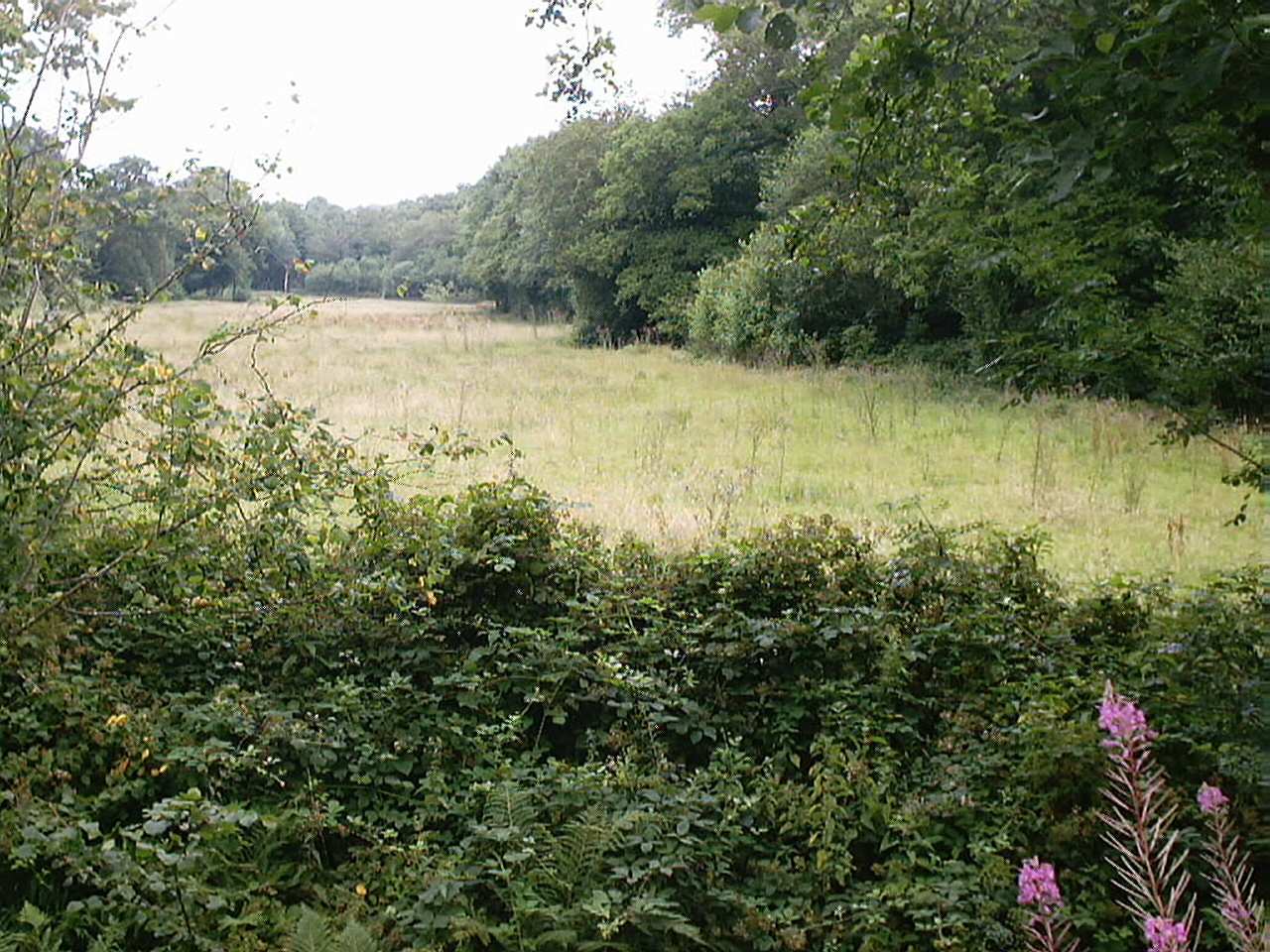
| Home | History | Gazetteers | Museums | Sources |
| EAST SUSSEX | WEST SUSSEX | KENT | SURREY | HAMPSHIRE |
This gazetteer lists the surviving furnace or forge ponds, including a few large pen ponds. For brevity’s sake it includes the approximate term of a site’s working life, where known, rather than the various stoppages and changes of ownership therein. Most work areas have been destroyed or covered by earth and vegetation, and some contemporary bays have been rebuilt over the years and so are not original. Grid references therefore provide the main access to the ponds, not necessarily the exact site of former furnace or forge structures. Some of the earlier ironworks’ names are now obscure. To ease their location, ponds are listed according to the nearest village or town rather than administrative boundary.
Few ponds are signposted, but most are least partially accessible from a footpath. These are often near or form part of long distance paths, such as the Sussex Border Path or the High Weald Landscape Trail. Robust ramblers can therefore enjoy the ponds as part of longer walks, and indeed such routes can be found on some local websites.
People with restricted mobility will be disappointed to learn that there are rarely suitable or convenient places to park nearby. Many ponds lurk down muddy rugged footpaths, sometimes far from the road. A few sites are partially wheelchair accessible (allegedly: some struck me as rather rough terrain) if only for a short distance around the site. All paths are muddier, and a few impassable, after rain. I hope it is clear which ponds are impressive enough to travel some distance to enjoy, and those, eg Hamsell, which only merit a visit if you are already in the vicinity.
Some ponds are on or near private property and readers are asked to respect that privacy. Photography is difficult at sites where trees and brushwood obstruct the view. Always be careful - bays are rarely fenced and I nearly fell down a concealed spillway when trying to photograph.
Readers may be surprised and even disappointed by the omission of some well known ‘hammer ponds’ eg Shottermill near Haslemere, Hollywater Pond in Hampshire, Friday Street Mill in Surrey, and part of Longford Stream near Chailey in East Sussex. There is no reliable documentary or field evidence of hammer or blast furnace ironworks at these sites. Vachery Forge and Furnace sites are dry, close to but not beneath the great Vachery Lake constructed in 1814 to feed the Wey and Arun canal. The eroded Vachery Forge Pond bay can be seen along part of the public footpath at nearby Hammer Farm (TQ 062370). Imbhams Furnace Pond, just west of Haslemere at SU 932329 is dry but is often confused with the large pond at nearby Imbhams Farm, which has no connection with the old ironworks. However, part of Imbhams Furnace’s boring-mill pond survives about a mile north of Furnace Place at 927336.
Excavations have also revealed beautiful Lurgashall Mill Pond did not power Lurgashall Furnace: the original bay is at Old Mill Farm at SU 942261. This pond is now dry. Horam Manor Farm, south of Heathfield, has several ponds on different levels. However these are not hammer or furnace ponds but former mine pits, originally dug for Waldron Furnace to the north-east, and also for marl. They were later enlarged and converted into fish ponds.
The physical identification of former hammer or furnace ponds can be difficult. The buildings and waters were reused for other purposes, eg gunpowder, corn or paper mills, after iron production ceased. Occasionally smaller ponds are rumoured to have dried up or mysteriously reappeared - recent changes will not therefore always be reflected on this site. WIRG’s on-going fieldwork may yet identify more ponds, or disqualify some. They are always pleased to welcome new members onto their forays.

The grass meadow bed of the former Ashburnham Furnace Pond
Photos and text © Helen Pearce 2014